Leg Fractures (Tibia and Fibula)
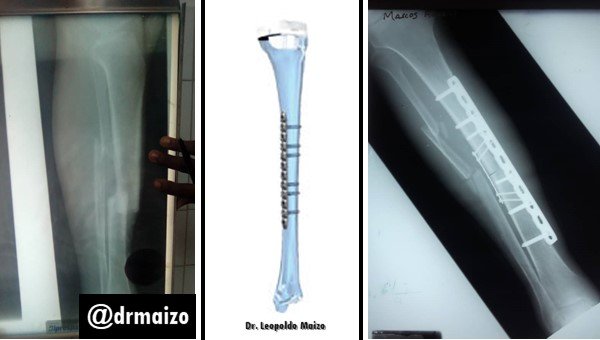
Introduction
- Leg fractures are the most common long bone fractures.
- In an average population there are approximately 26 tibia diaphyseal fractures per 100,000 inhabitants per year.
- In adults, the highest incidence of diaphyseal tibial fractures is observed in young males aged 15-19, with an incidence of 109 per 100,000 inhabitants per year.
- In adult women, the highest incidence of diaphyseal fractures of the tibia is observed between 90 and 99 years of age, with an incidence of 49 per 100,000 inhabitants per year.
- The mean age for tibial diaphysis fractures is 37 years; for men 31 years and for women 54 years of age.
- Tibial diaphysis fractures have the highest incidence of pseudoarthrosis of all long bones.

Anatomy and Injury Mechanism
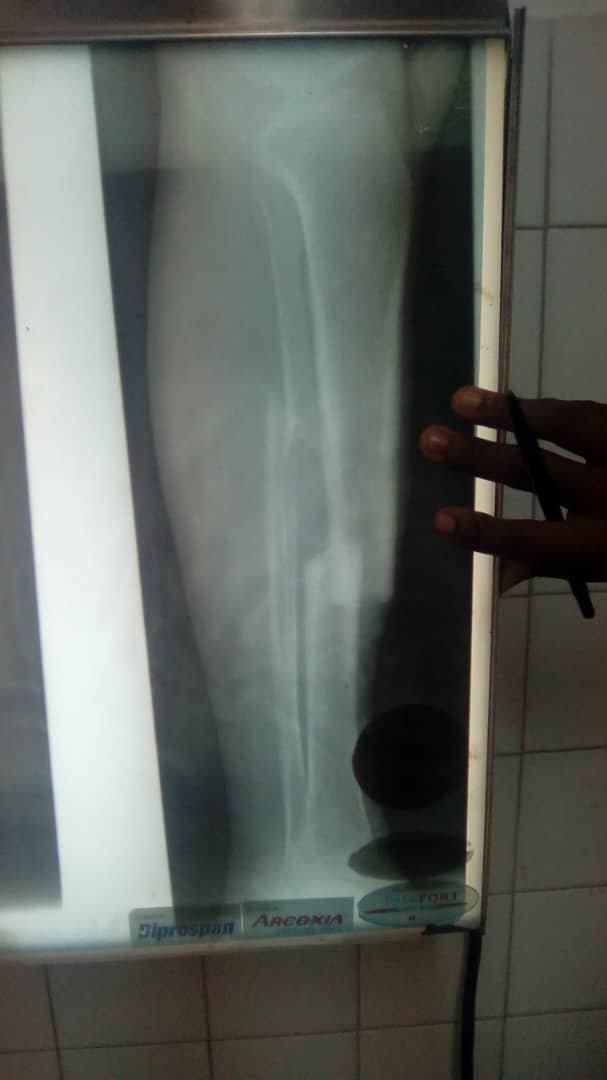
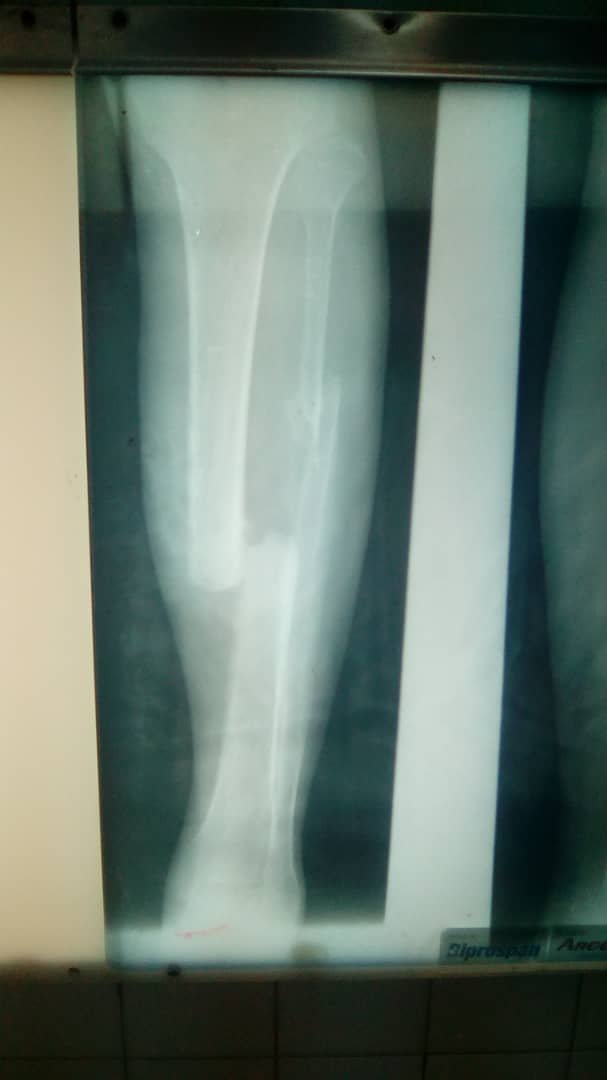
- The tibia is a long tubular bone with a triangular cross section. It has an anteromedial subcutaneous border and is surrounded by four fascial compartments (anterior, lateral, posterior superficial and posterior deep).
- The fibula supports 6% to 17% of the weight load across the limb. Its main function is to serve as an anchorage for muscle insertions.
- The common peroneal nerve runs around the neck of the tibia, where it is practically subcutaneous; therefore, in this location it is vulnerable to direct blows and traction injuries.
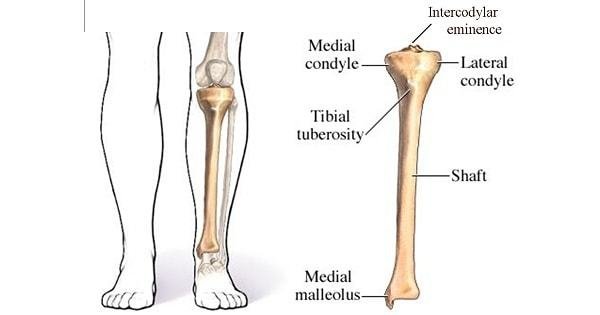
Injury mechanism
Direct mechanism:
- High energy flexion: traffic accidents: transverse, comminuted and displaced fractures often occur. Highly comminuted patterns or segmental fractures are associated with high soft-tissue compromise. It must always be ruled out that the fracture is open and that there is a compartment syndrome.
- Penetrating: gunshot wounds. The pattern of injury is variable, although usually comminuted. Low velocity projectiles (small arms) do not cause the same bone and soft tissue injuries as high-energy trauma (traffic accidents) or high velocity projectiles (shotguns or assault weapons).
- Low energy flexion: by three or four-point flexion. Short or transverse oblique fractures occur, with a possible butterfly wing fragment. They can be comminuted and associated with a great compromise of soft parts. Exposed fractures and compartment syndromes may occur.
- Fractures of the diaphysis of the fibula: these are typically the result of direct trauma to the lateral face of the leg.
Indirect mechanism:
- Torsion: the main causes are torsion with the foot fixed and falls from small heights. They are spiroid fractures, not displaced, with minimal comminution and little soft tissue involvement. They can be exposed fractures of type I. Spiroid fractures of the proximal portion of the fibula may be seen in rotational ankle fractures or low energy torsion tibia fractures.
- Stress: they are typical of recruits and are most frequently located in the metaphysiological junction, with more marked sclerosis in the posteromedial cortex. In ballet dancers, stress fractures occur more frequently in the middle third and are of insidious onset. Pathognomonic is the radiolucent "dark line" in x-rays. Radiological findings may be delayed by several weeks. MRI is very sensitive to detecting these lesions.

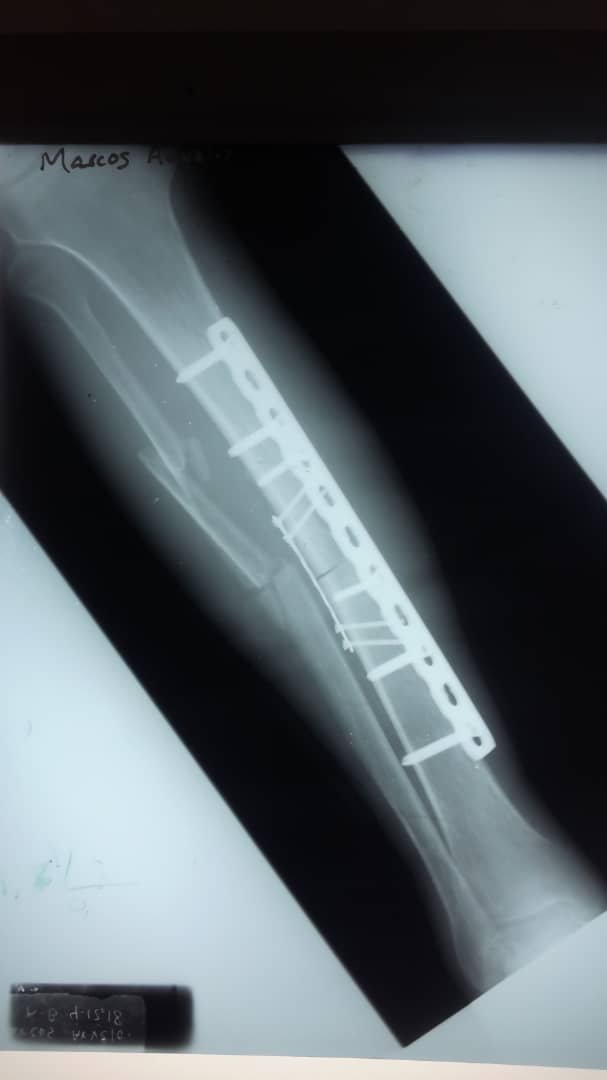
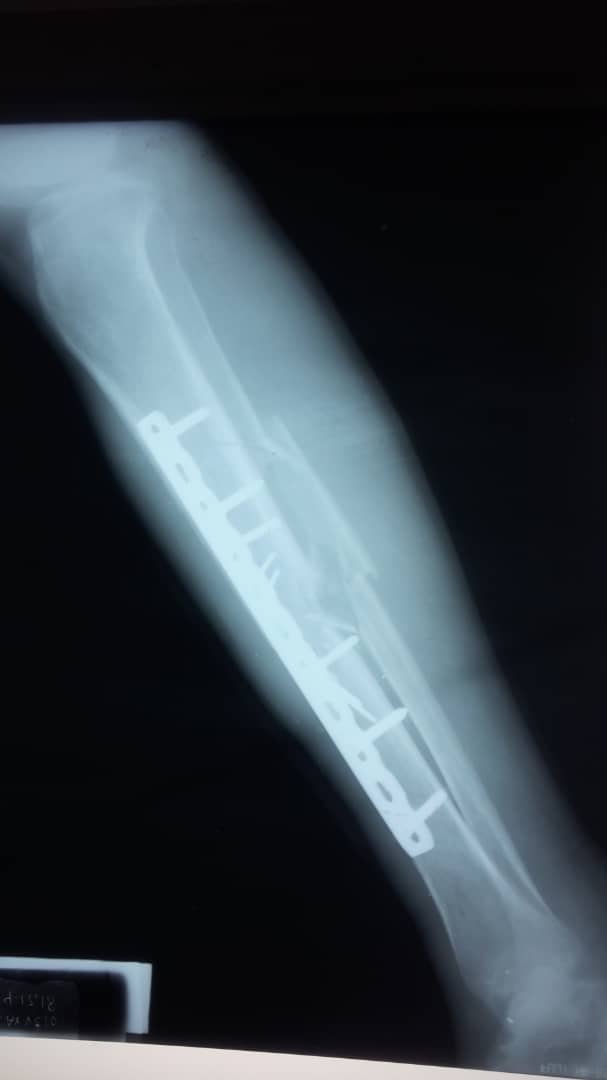
Surgical treatment
Intramedullary nail:
- Intramedullary nails have the advantage of preserving periosteal irrigation and limiting soft tissue injury. In addition, they have the biomechanical advantage of allowing control of alignment, translation and rotation. They are therefore the recommended treatment for most fracture patterns.
Intramedullary nail with locking screws versus without locking screws:
Intramedullary nail with locking screws provides control of rotation; in comminuted fractures and those with significant bone loss, it is effective in preventing shortening. If necessary, locking screws can be removed in the later stages of evolution to dynamize the fracture focus.
Intramedullary nail without locking screws allows impaction of the fracture when carrying weight, but it is difficult to control rotation. Intramedullary nails without locking screws are rarely used.
External fixation:
It is mainly used in severe exposed fractures, although it may also be indicated in closed fractures complicated with compartment syndrome and in tibia fractures associated with head trauma or burns.
Its popularity in the United States has declined as the use of milled nails has increased for most exposed fractures.
Consolidation rate: up to 90%, with an average of 3.6 months to achieve.
The incidence of infections in the fixator nail pathway is 10% to 15%.
Plates and screws
- They are usually reserved for fractures extending to the metaphysis or epiphysis.
- A consolidation rate of up to 97% has been observed.
- The rate of complications, such as infection, wound dehiscence, malpositioning (malunion) and pseudoarthrosis, increases in high-energy fractures.

If you need recommendations or help in orthopedic surgery and traumatology do not hesitate to contact me.
Dr. Leopoldo Maizo - Orthopedic Surgeon

If you want to read more I invite you to visit my page:
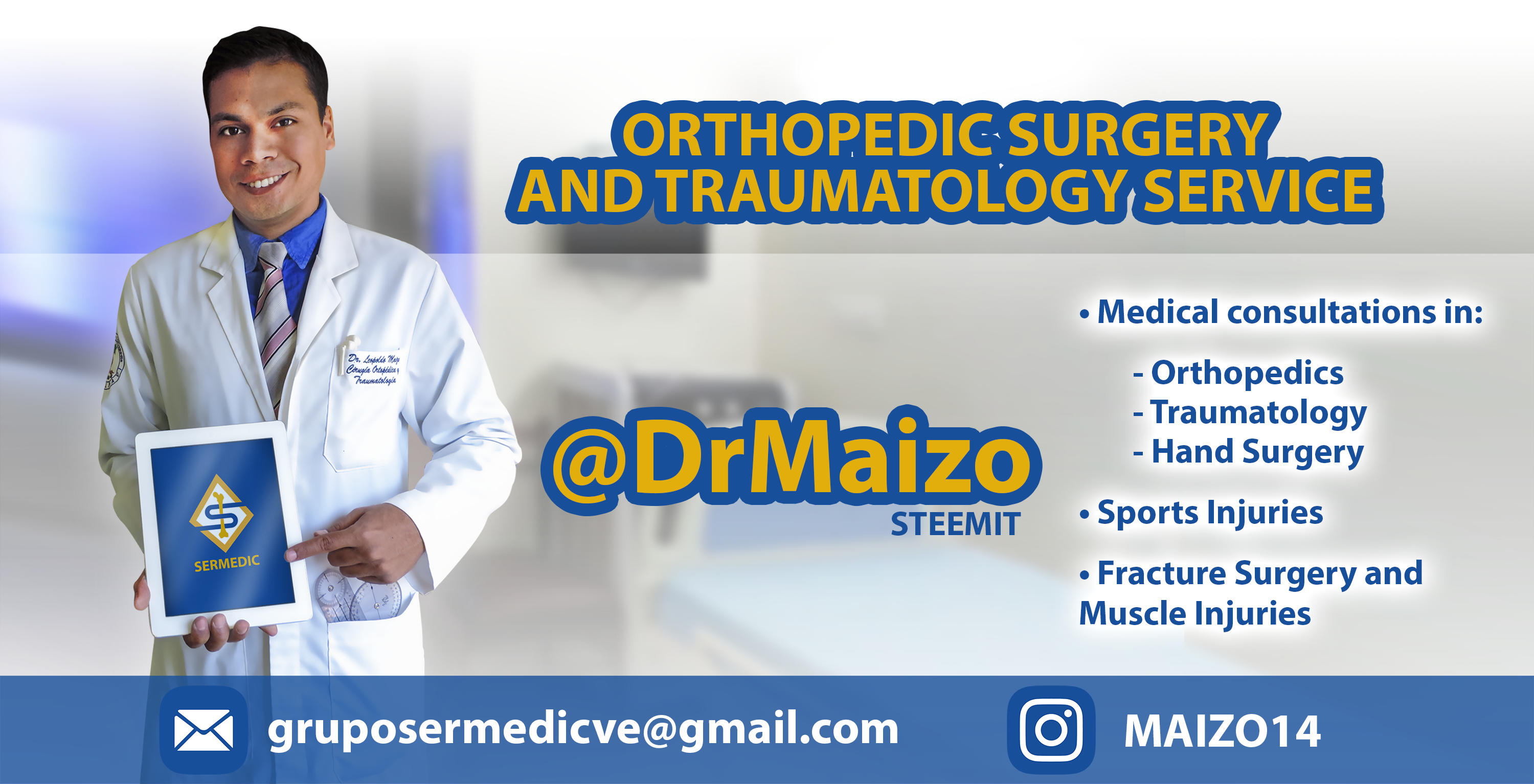
Firma diseñada por @themonkeyzuelans, contáctalos vía Discord "themonkeyzuelans#9087"
Great projects from the Steemit community:
- My Fundition campaign: https://fundition.io/#!/@drmaizo/6f88ggj8h



.png)
Always putting up the best to educate us all..
Does the hospital currently have enough resources to put in intramedullar pens? (actually I hate setting up these procedures, but the results are so beautifuls)
With the kids we mostly put TMS (TEN whatever you call it) in all of these kids of fractures
Unfortunately, my hospital does not have sufficient resources for the placement of flexible intramedullary titanium nails, but I have had the opportunity elsewhere to perform this type of procedure.
I hope that I will soon have one of these devices so noble and versatile, sometimes we use plates and remove them after 3 months after a proper consolidation to not alter the growth in children.
Kiss @karinxxl
Yeah an intstrument set of these is actually not even that super expensive..just always refilling the nails is costly.. And ofcourse a plate and screws is just as good, a bit more invasive only..but you will use those sets for so much other stuff as well, it is normal to only have that.
back in the caribbean we also mostly did everything with just standard AO small fragment
Absolutely true @karinxxl!
Great work Leo.
You are appreciated by many I am sure..
Keep up the good work.
Thank you my good friend, I am always happy with your comments, a big hug for you. Thank you!
This project is being supported by @Fundition
Fundition is a next-generation, decentralized, peer-to-peer crowdfunding and collaboration platform, built on the Steem blockchain.
#upfundition and #fundition tags on Steem represent the projects that are started on https://fundition.io.
Are You Prepared to Make the World a Better Place too?
Read the full details of Fundition Fund program
Learn more about Fundition by reading our purplepaper
Join a community with heart based giving at its core
Thank you!